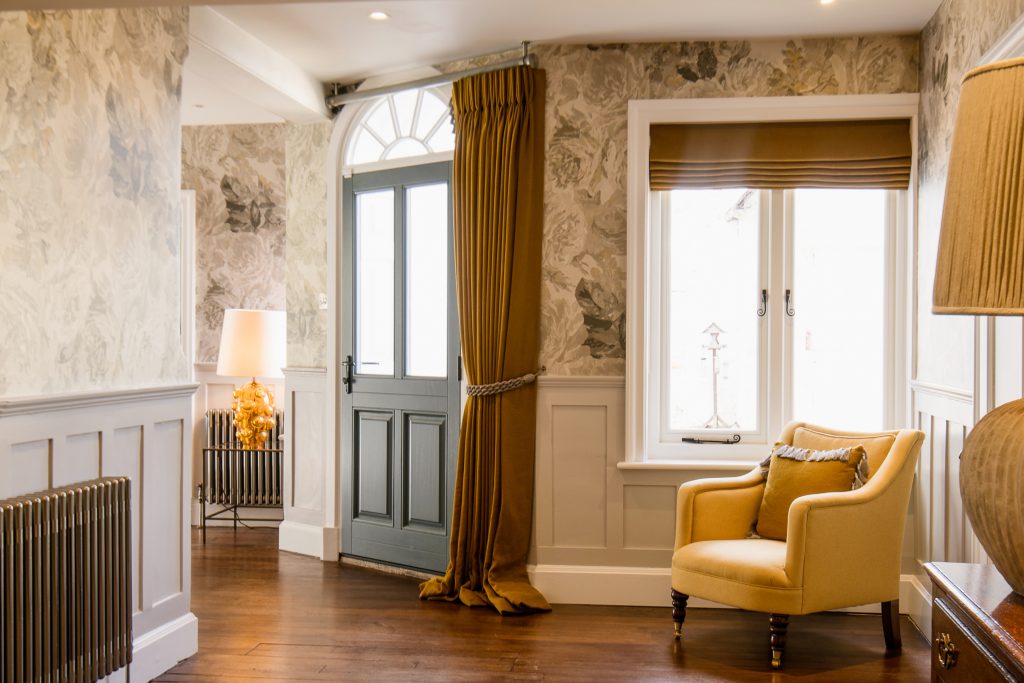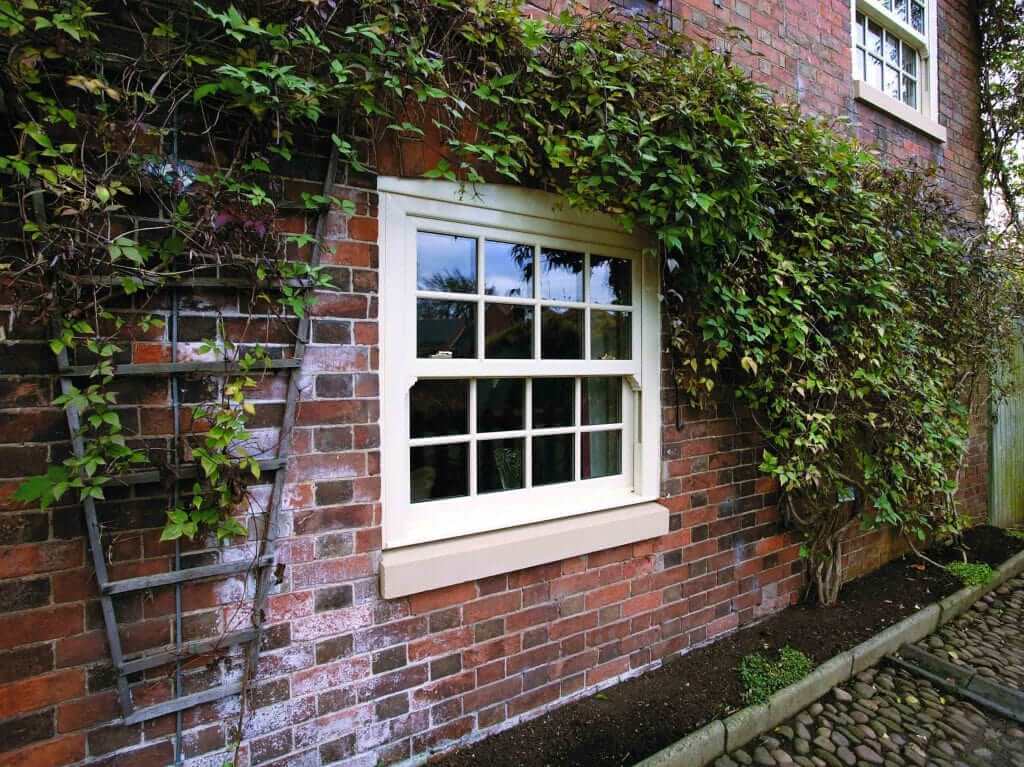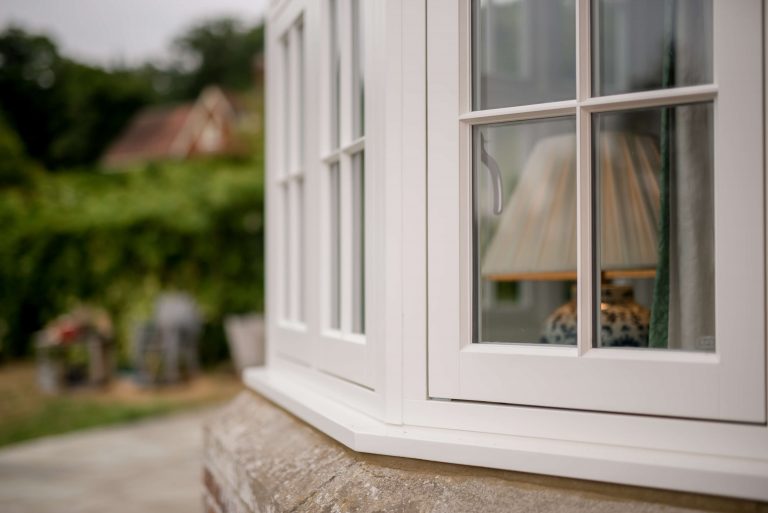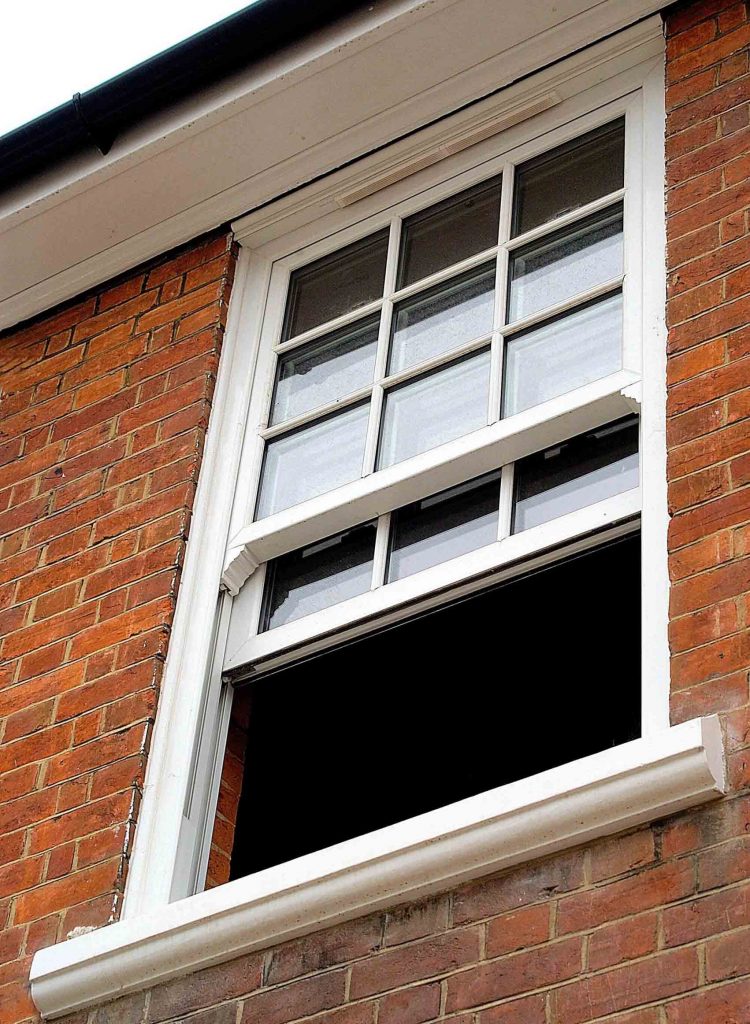Can I Change a Window in a Conservation Area?
If you live in a conservation area and your windows need replacing in your home, it’s essential to do your research. Replacing windows in properties that fall within a conservation area can significantly impact the appearance and aesthetic of your property, as well as planning permission complications.
What makes conservation areas unique isn’t just the surrounding landscapes; it is the country houses and model housing estates that planning authorities want to preserve. If you live in a conservation area, you will have the responsibility to maintain the historic aesthetics of your home and can be prosecuted for doing works that aren’t deemed suitable.
Let’s see the most searched questions online about windows in conservation areas and help you make the right decision for your home.
Can I put uPVC windows in a conservation area?
You can likely use UPVC windows in a conservation area, but they should be similar to the original window design in your property. UPVC is now considered an eco-friendly, energy-efficient, and durable material, and many councils usually allow it in conservation areas for these reasons.
Local councils and planning authorities can and will enforce conservation rules; they will also voice concerns about the environment, energy efficiency, and the effects of the UK weather, and uPVC normally ticks all these boxes.

Reasons to choose uPVC windows in conservation areas:
UPVC is a popular home improvement material. Many homeowners debate uPVC compared to timber for homes in conservation areas, and both have their benefits. At Sherborne, we offer timber and uPVC, which are installed to the highest standard. It comes down to your personal preference when comparing timber with UPVC.
UPVC provides the following benefits:
- Aesthetic almost identical from natural wood
- Authentic bespoke design
- Cost-effective window upgrade solution
- Durable, low-maintenance finish
- Enhanced security standards
- Improve energy efficiency levels
- UPVC is affordable
- UPVC windows are an attractive incentive for potential buyers.
Find your Perfect UPVC Windows

What windows can I have in a conservation area?
Replacement windows are made from timber, aluminium, or uPVC, but these materials are not always acceptable in terms of planning permission. However, in most cases, replacement UPVC windows can copy the form, glazing design, size and style of the original window, including the opening mechanism. For example, most original sash windows will compromise to new vertically sliding sash windows and will likely be accepted by your local planning authority.

Do you need planning permission to replace existing windows?
If you plan on keeping the same window style, you don’t usually need consent or planning permission to replace or repair windows in a conservation area or a listed building. If you want to change your window styles, you may require consent. This can cause issues with modern renovations where architects want to create something new or extraordinary in their design plans. Typically, there are no rules regarding like-for-like window changes in a conservation area, but it is always best to check before investing in home improvements.
Should I replace or repair my windows in a conservation area?
It’s essential to know your windows before deciding to change them. In old homes, you might find historical glass in your windows which is now very rare. Window glass was an expensive, hand-made product until the mid-1800s, and smaller glass panes with leading were used to create windows until the new processes made larger sheets feasible. The thinness and imperfections of old glass windows make them attractive and incredibly fragile. Many have been broken and replaced over the centuries, but surviving panes are rare and highly valued.
Detailing around window frames has also changed over time and can help date the window and the original house. Window frames will likely contribute to a building’s overall appearance, which is why there can be concern from local planning authorities when changing them.
Occasionally, it becomes necessary to replace historic windows, but the replacement windows need to be as similar as possible to the original window design. Planning permission advises that if the windows that need to be replaced aren’t the original items and are of a non-historic design, they should be replaced with windows that match the original window design as much as possible to comply.

Planning Permission for new windows in a conservation area
Planning permission is needed for alterations to all properties; however, Listed Buildings and Conservation Areas require special approval.
You will need planning permission for any work that affects the characteristics of the building, including demolition, extensions, and alterations. This particularly applies to Listed Buildings, where you must apply for Listed Building Consent.
Many local authorities apply special control in conservation areas, explicitly noting building features such as doors and windows. Always check, as your local planning authority has the right to insist on remedial works if they are unhappy with any windows added to an older property.
Conservation Area windows in Hampshire and the surrounding areas
As we’ve explained, many new window installations in conservation areas won’t require planning consent. However, if you are in any doubt, work with a reputable supplier like Sherborne, who can advise and support you through your window buying journey.
See our wide range of windows, including Bay Windows, Casement Windows, Flush Sash Windows, Sliding Sash Windows, and Tilt and Turn Windows.
For more information, call us on 01252 370917 or use our online form.
See what we know about home improvements
Three Best Home Energy Efficiency Improvements for Hampshire Homes
Do Black Aluminium Windows Fade?
Sliding Doors vs Bifold Doors, Which is Better?

















